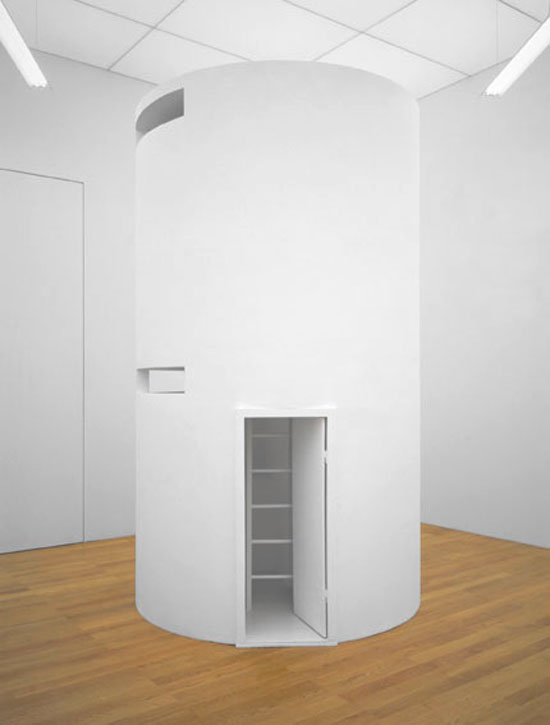
George Vantongerloo
“Vantongerloo, who ascribes to the abstract language of form after 1917, applies himself to Abstract Art in order to get control of rules by which he develops an interest in geometrical relationships and algebraic formulas. In addition to his artistic practice, Vantongerloo also writes theoretical work about his research. Primarily after the publication of his pamphlet L’Art et son Avenir in 1924, he creates new impulses for geometric abstraction with his writings. In this way, for example, he subjects three neo-plastic works of Piet Mondriaan (1872 – 1944) to an analysis in the French publication Vouloir. In this way he opens up the way for his own ‘mathematical’ abstraction.” Sergio Servellón
